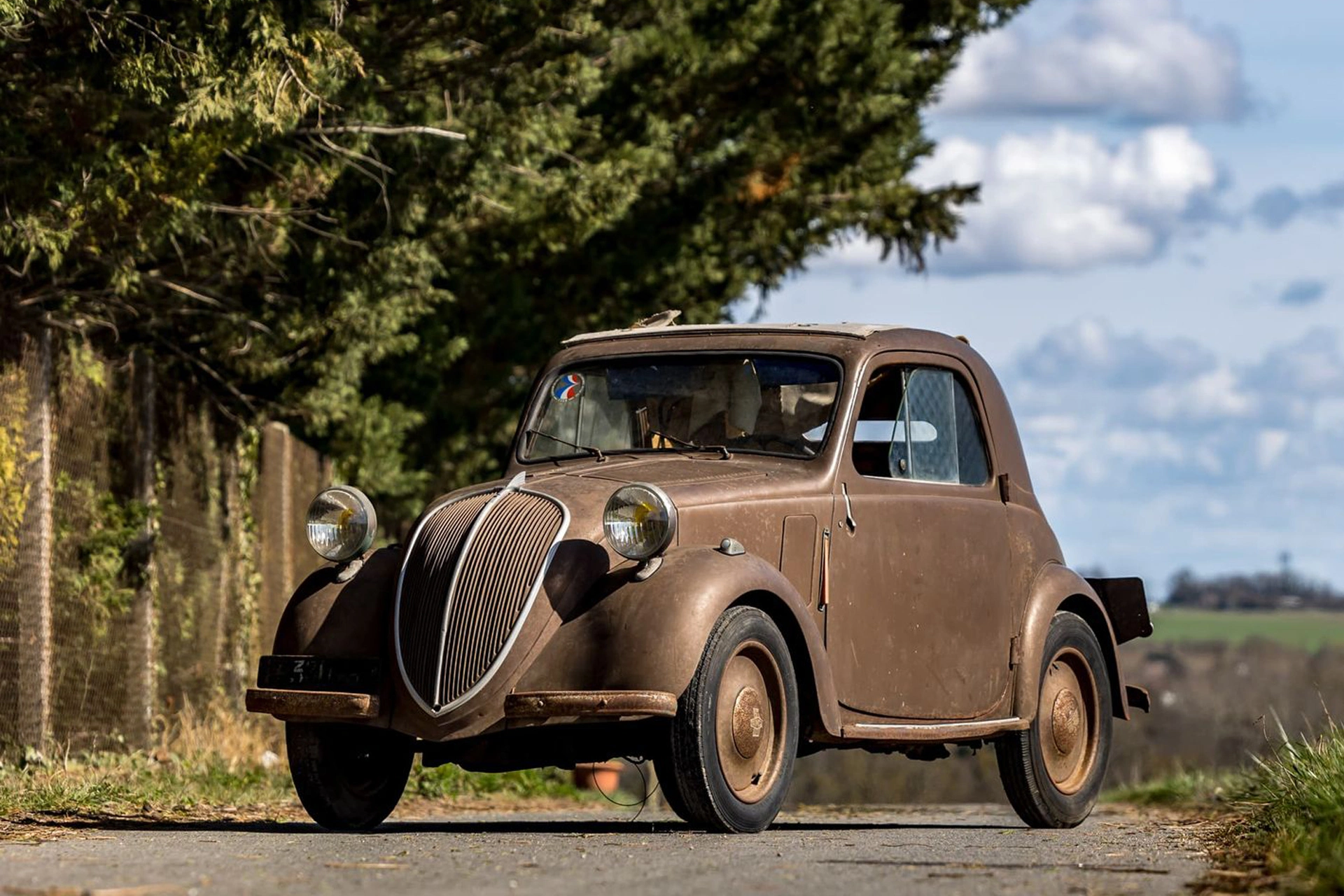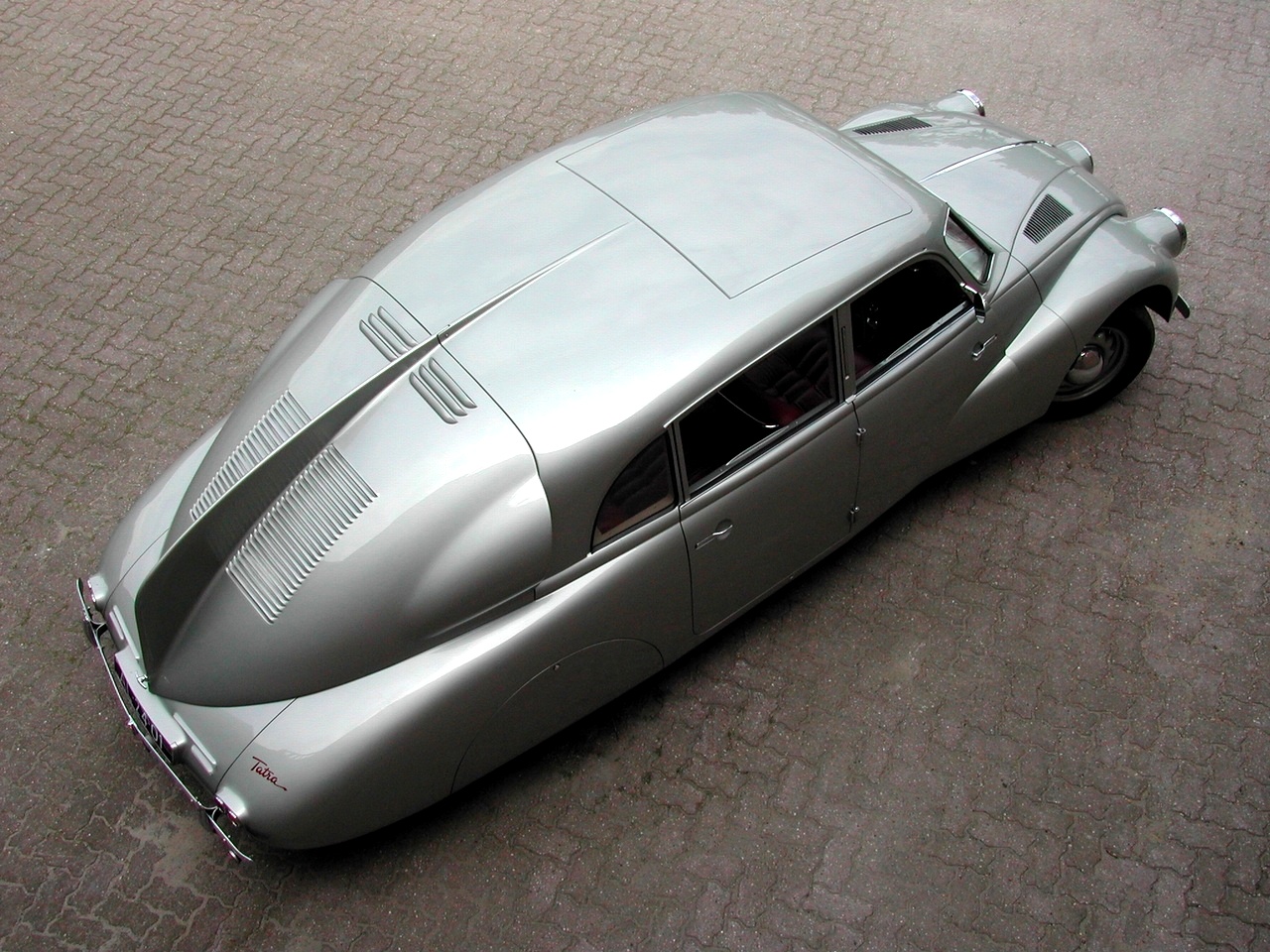The Nostalgia of Forgotten Gods: Simca, France, 1934-1978
27 July 2024 3 min read 4 images

Photo credit: DrouotInvaluable, Revs Institute, Wheelsage
The story of Simca (Société Industrielle de Mécanique et Carrosserie Automobile) is closely tied to Fiat and its founder, Gianni Agnelli. In the early 1920s, Agnelli sent Enrico Teodoro Pigozzi to Paris to coordinate the collection of scrap iron for Fiat's foundries. The mission was successful, and in August 1926, Fiat established a company in France, SAFAF (Société Anonyme Française des Automobiles Fiat), to market Fiat models under Pigozzi's direction. However, after the 1929 economic crisis, France imposed heavy tariffs on imported cars. The solution was to produce Fiat models locally under the Simca brand: the Fiat 508 Balilla became the Simca 6CV, the Fiat 528 Ardita the Simca 11CV, and the Simca 5CV was a faithful copy of the Fiat 500 "Topolino."
Register to unlock this article
Signing up is free and gives you access to hundreds of articles and additional benefits. See what’s included in your free membership. See what's included in your free membership.
Already have an account? Log In


